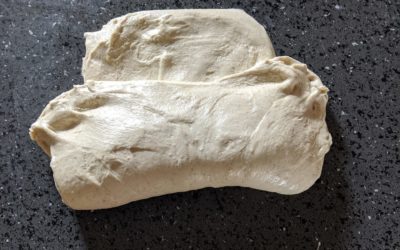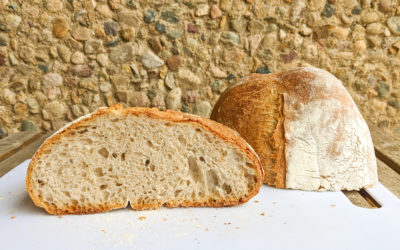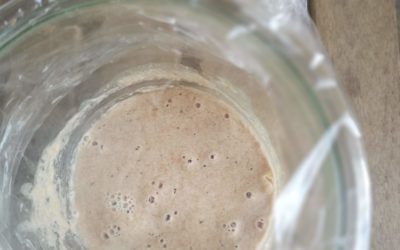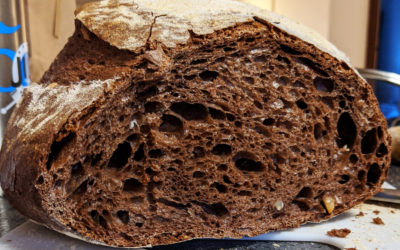The Science
Flour’s strength
Let's discuss one of the most important factors you should consider when baking: the flour's strength, a.k.a. the W-index. First nerdy clarification, the W-index is wrongly considered the strength of the flour as it is actually a measure of energy: the energy...
Baker’s formula
When baking it is really convenient to think of recipes as formulas, using percentages rather than cups or tablespoons. The rule is pretty simple: flour is considered the reference (100%) and all the other ingredients as percentage of the flour. For example, let's...
Folds, folds, and folds!
Folds are used to increase the structure and to oxygenate the dough during the bulk fermentation. There are 3 main type of folds that you can use based on how much structure you'd like to achieve and how easily you can manipulate the dough you're working with. Folds...
The Essential Steps for Making Bread
There are several ways to make bread, but I would argue that some steps are really essentials for the bread-making process, while others are more optional even though can provide extra flavor, texture, etc. Here, we will look into those essential steps and why they...
Caring for Your Yeast
The rising agents that make our yeast thrive at certain temperatures, and when “fed” specific amounts of flour with particular strength. Let’s look at each factor to set our yeast up for success!
Liquid vs. Solid culture
Biologists in the lab can culture microorganisms in liquid or solid form. We can do the same at home for our natural yeast by simply changing the water content of our culture. General rule: a solid culture has a flour-to-water ratio of 1:0.47, while a liquid culture...
Gluten Development
The development of gluten is essential to create beautiful alveoli in your baking products. Gluten is the magical network that traps the gas produced by yeasts making your dough rise. Let's walk through a few crucial points about gluten, best practices to achieve...
What is Natural Yeast?
Natural yeast is the happy and peaceful coexistence of wild yeast and lacto-fermenting bacteria, named lactobacillus. Yeasts are mainly responsible for production of gas (carbon dioxide, CO2), thus leavening the dough, while lactobacillus produce lactic acid (but also...
Drop Us a Line
Don’t be shy. Let us know if you have any questions!







